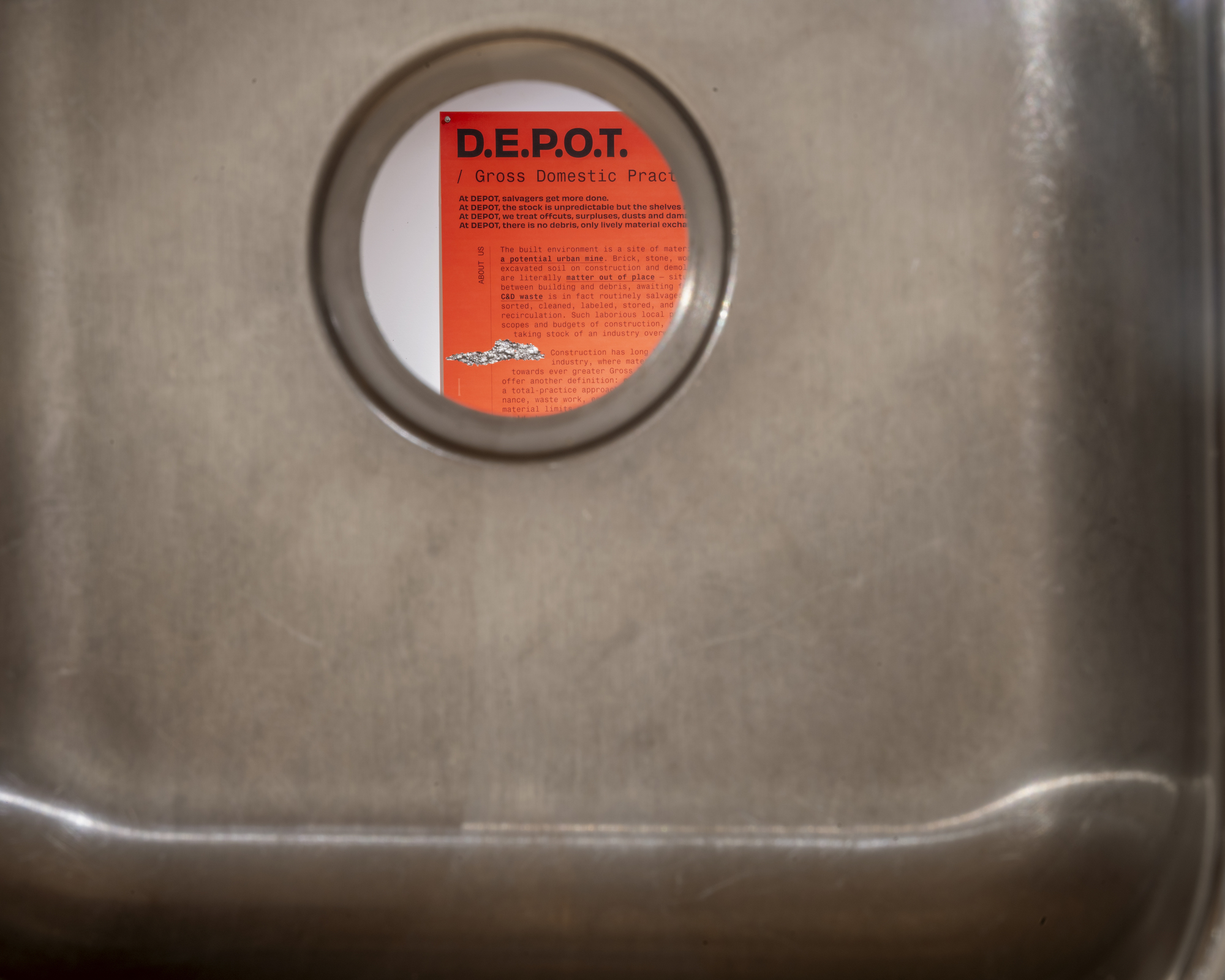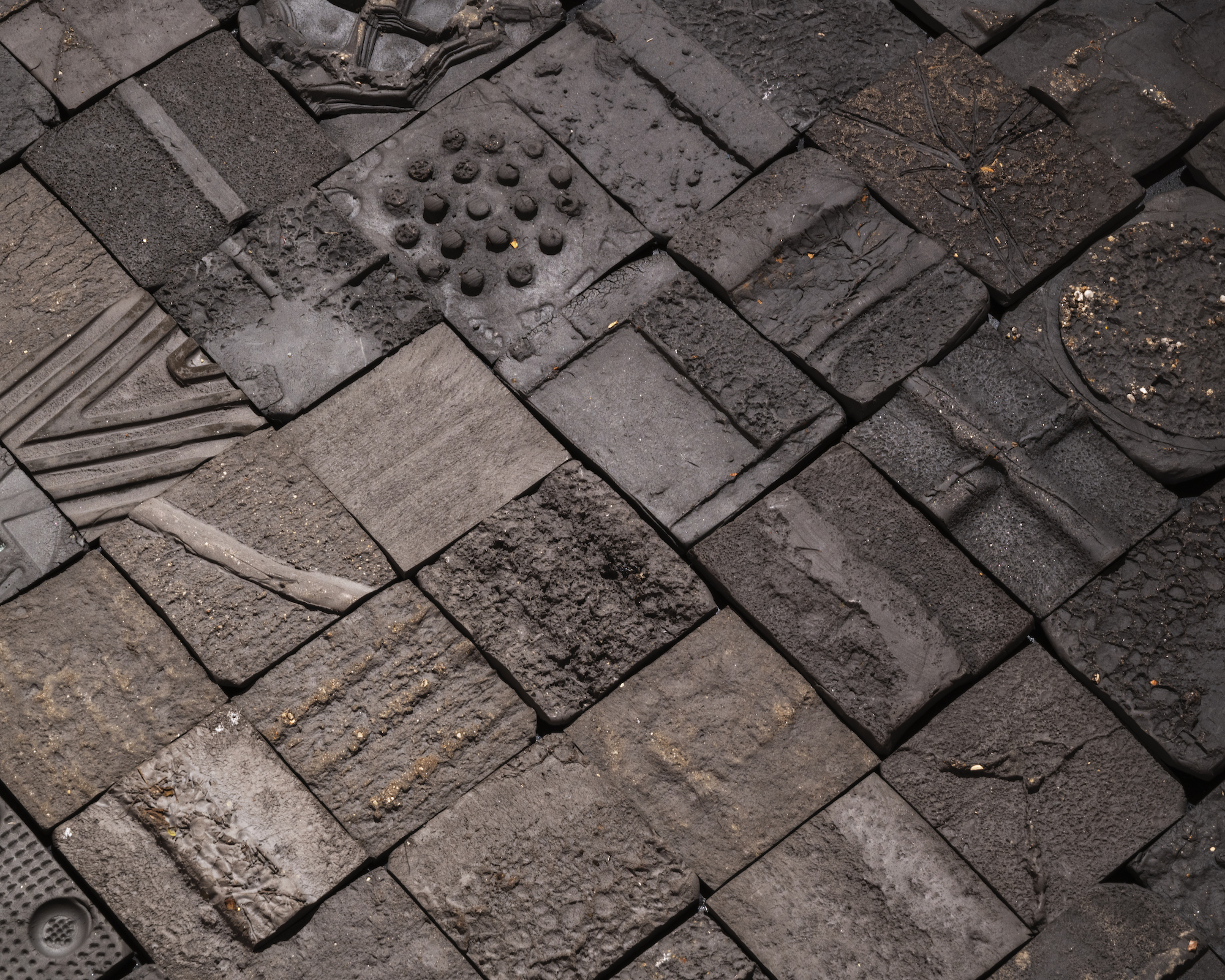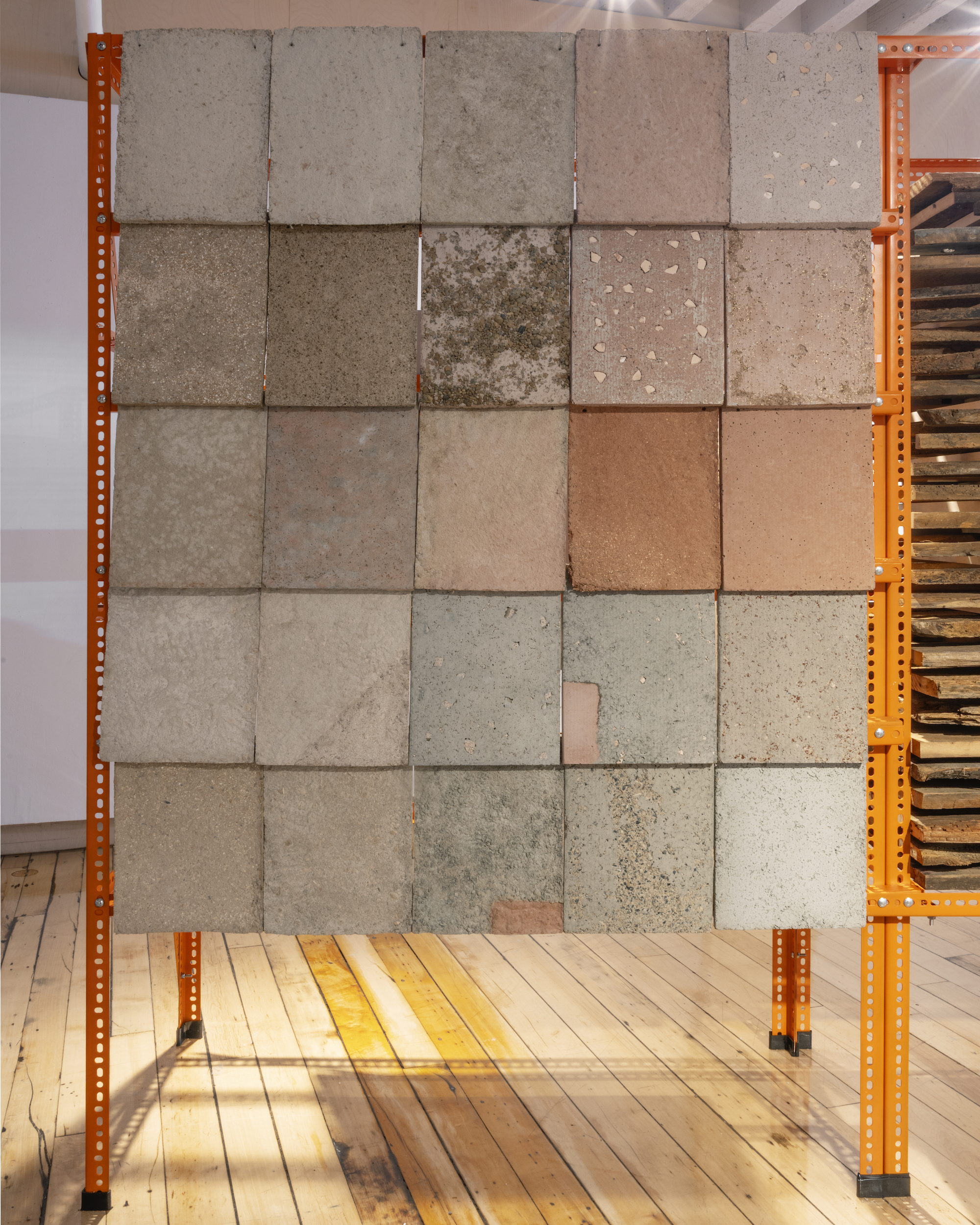D.E.P.O.T. / Gross Domestic Practices
exhibition, representation, mattering




YEAR:
2023
TYPE:
Exhibition, BEB Gallery,
RISD Architecture, Providence RI. September 6 - 22, 2023
BACK OF HOUSE gallery talk and closing reception held September 21, 2023.
DESIGN TEAM:
Friends Making Work (Amelyn Ng, Gabriel Vergara, Christine Giorgio)
FUNDING:
RISD Design Research Seed Fund AY22-23
STUDENT ASSISTANCE:
Alia Varawalla, Eric Liu, Lauren Blonde, Victoria Goodisman, Betty Ng, Jyotindra Idris. Photography by Tam Stockton
LINKS:
faculty news
project website
salvage webmap
2023
TYPE:
Exhibition, BEB Gallery,
RISD Architecture, Providence RI. September 6 - 22, 2023
BACK OF HOUSE gallery talk and closing reception held September 21, 2023.
DESIGN TEAM:
Friends Making Work (Amelyn Ng, Gabriel Vergara, Christine Giorgio)
FUNDING:
RISD Design Research Seed Fund AY22-23
STUDENT ASSISTANCE:
Alia Varawalla, Eric Liu, Lauren Blonde, Victoria Goodisman, Betty Ng, Jyotindra Idris. Photography by Tam Stockton
LINKS:
faculty news
project website
salvage webmap
The built environment is a site of material exchange; a potential urban mine. Brick, stone, wood, metal, and even excavated soil on construction and demolition (C&D) sites are literally matter out of place — situated somewhere between building and debris, awaiting future harvest.
C&D waste is in fact routinely salvaged, transported, sorted, cleaned, stored, and recombined for future recirculation. Such laborious local practices exceed the scopes and budgets of construction, yet are crucial in taking stock of an industry overwhelmed by extraction.
Construction has long been known as a growth industry, where material expenditure is geared towards ever greater Gross Domestic Product (GDP). We offer another definition: gross domestic practices (gdp), a total-practice approach that recognizes building maintenance, waste work, eco-services, social relations, and the material limits of growth. gdp stands for a post-extraction world where product is not the key economic driver, but rather, local processes that support the continual unmaking and remaking of the built environment.
C&D waste is in fact routinely salvaged, transported, sorted, cleaned, stored, and recombined for future recirculation. Such laborious local practices exceed the scopes and budgets of construction, yet are crucial in taking stock of an industry overwhelmed by extraction.
Construction has long been known as a growth industry, where material expenditure is geared towards ever greater Gross Domestic Product (GDP). We offer another definition: gross domestic practices (gdp), a total-practice approach that recognizes building maintenance, waste work, eco-services, social relations, and the material limits of growth. gdp stands for a post-extraction world where product is not the key economic driver, but rather, local processes that support the continual unmaking and remaking of the built environment.























